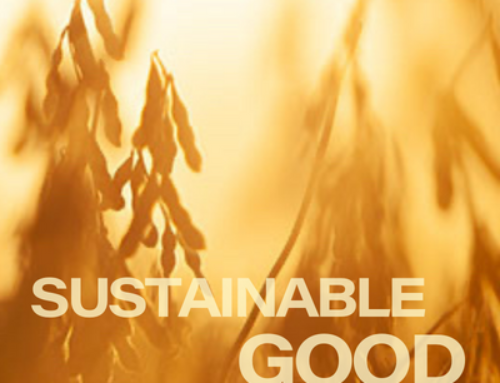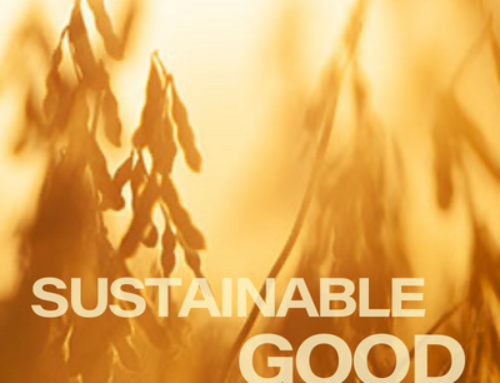After watching three generations of his family work hard to protect the soil on his farm, Illinois Soybean Association (ISA) At Large Director Jeff O’Connor is sharing his knowledge to help other farmers adopt sustainable practices that benefit their operation.
O’Connor of Kankakee County uses many sustainable practices to boost the already-fertile land he farms that is defined by a glacial outwash event that created pockets of sand and sandy loam soils intermixed with silty clay loams. This historic event has left his fields with high and low areas of crop yields and varying degrees of natural drainage.
Cover crop usage and the use of a pollinator habitat are two practices that he sees making the most positive impact both in his operation and for his community.
“Cover crops improve water quality and clarity through reduced runoff of soil particles during heavy rain events and the sequestration of excess nutrients that would make their way into the local watershed,” says O’Connor. “The use of pollinator habitats are strategically placed so they filter water from field runoff and help promote insect diversity and health.”
As for the community aspect, several pollinator strips are near major roads and provide a brief respite from the more normal corn/soybean scenery that motorists typically see.
These are just two of the many sustainable practices O’Connor uses; however, he is always looking for the next practice that will benefit his soil health and overall operation.
“I would love to become more comfortable using multi-species cover crop mixes in front of corn,” O’Connor says. “Using these covers to make more nutrients available through improved soil health, I have come to believe that a “healthy” soil has the ability to reduce synthetic fertilizer usage. I am accepting the challenge of reducing inputs in smaller increments so I can learn about this new approach cautiously.”
When it comes to monitoring soil health O’Connor wants farmers to know that with all the emphasis on “high speed this” and “high speed that” farmers should learn to walk slowly in the fields where they are trying their first attempts to build soil health.
“Time is a very real barrier,” O’Connor says. “Not time to implement soil health building practices, but time needed to visually see the differences taking place in the soil. The measurables of soil health matter but may not mean much initially.”
According to O’Connor, years three to five allow significant changes to the soil to begin to accumulate, but by year five we can easily see these differences.
“Most of my fields are now in the range of three to 10 years of continuous practice,” O’Connor says. “If a field has yet to show visible changes, I now know they will be visible soon because I’ve seen it before. Experience and patience are two critical pieces to constructing the soil health puzzle on a farm.”
Building relationships in sustainable farming plays a huge role, possibly the largest, in a successful soil health program. O’Connor urges farmers to find someone locally who has their own experience and is open to sharing and answering your questions.
“Accept that setbacks will occur and that a straight line up to successful implementation rarely happens,” O’Connor says. “Make time to walk these fields with someone who knows what is truly taking place beneath your feet.”

